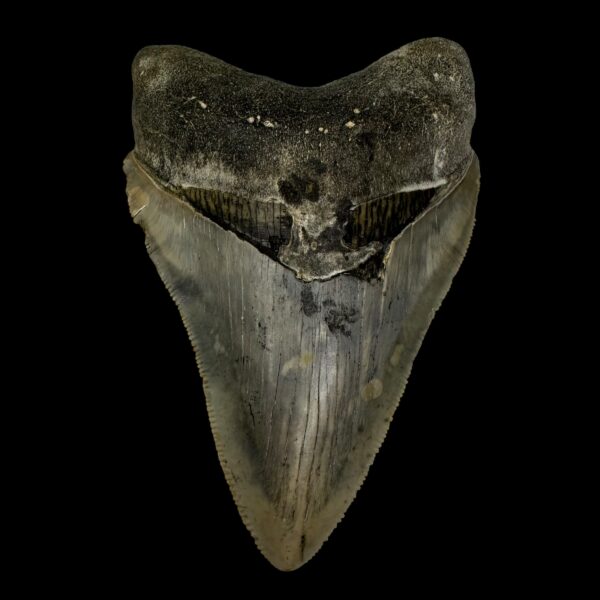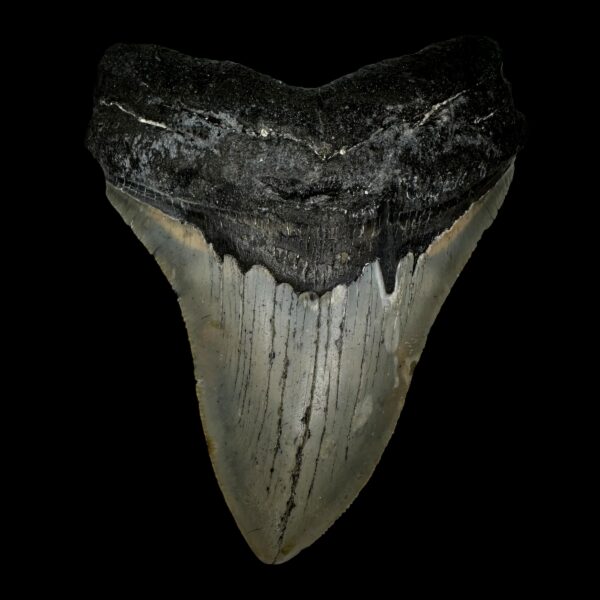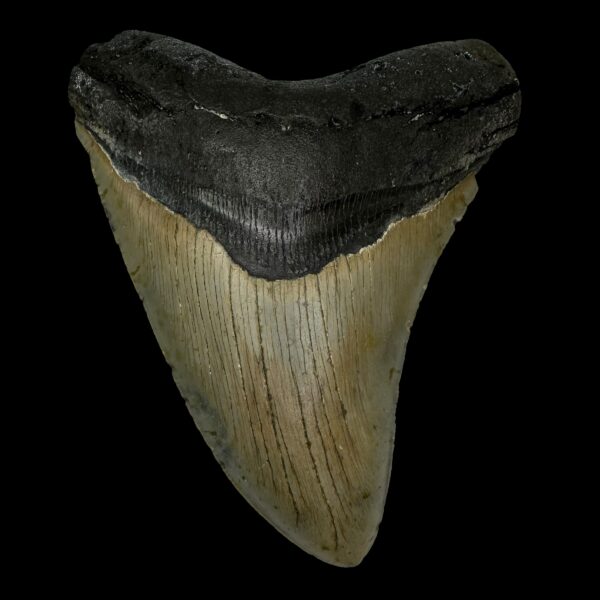Megalodon Teeth vs Great White: A Fascinating Comparison
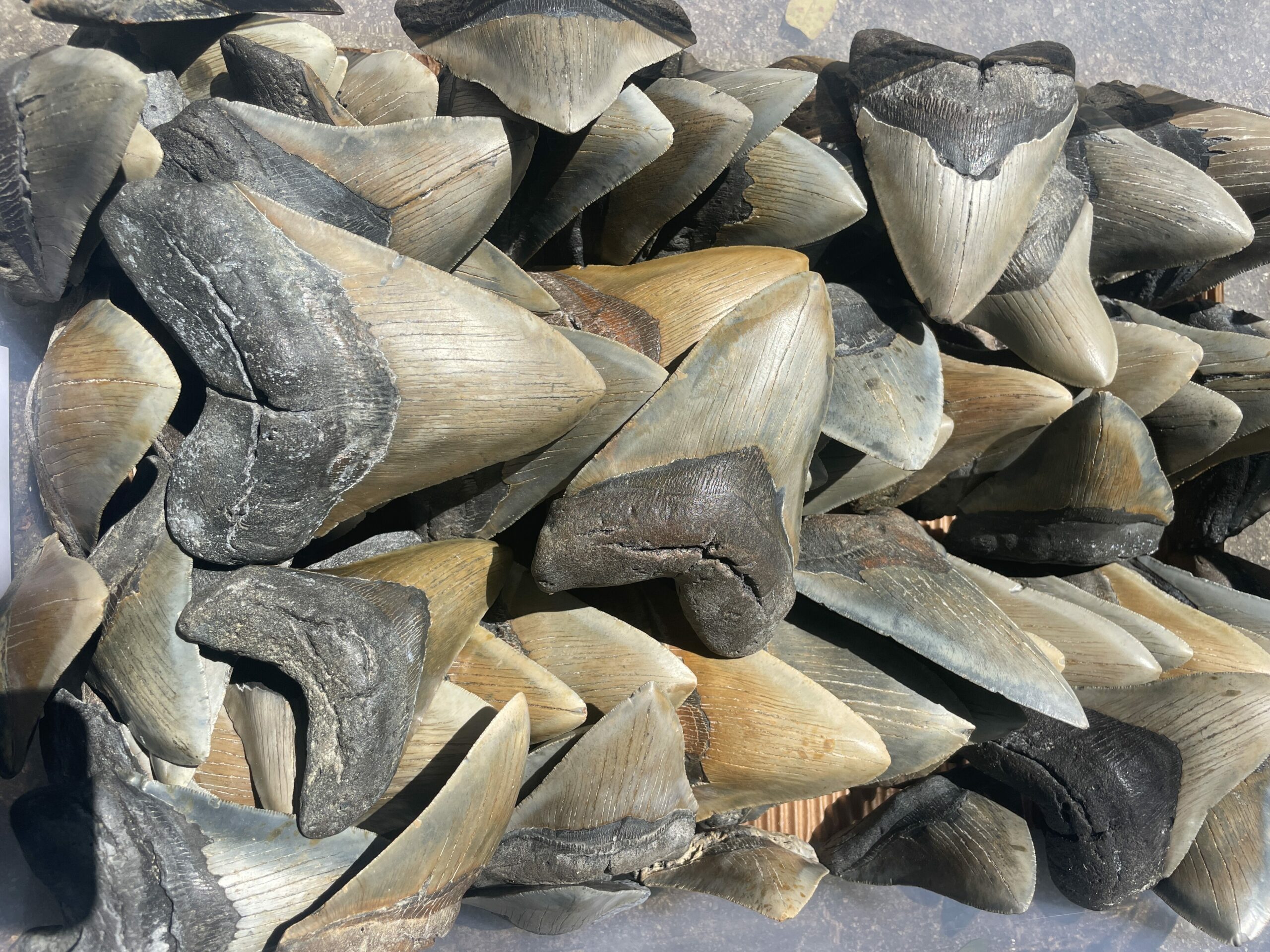
When it comes to legendary sharks, few comparisons spark more curiosity than megalodon teeth vs great white. These two apex predators, separated by millions of years, have captivated scientists, fossil collectors, and ocean lovers alike. While both species boast razor-sharp teeth, the differences between them are remarkable—and reveal important insights into their biology, behavior, and history.
Size and Shape: A Matter of Scale
One of the most obvious distinctions in the megalodon teeth vs great white debate is size. Megalodon teeth can measure up to 7 inches long, dwarfing the great white shark’s teeth, which typically reach 2 to 3 inches. This massive size difference reflects the megalodon’s role as a super-predator that likely fed on whales and other large marine mammals.
The shape also varies significantly. Megalodon teeth are broader and thicker, with a robust triangular design meant to crush bones. In contrast, great white shark teeth are narrower and more pointed—optimized for tearing through flesh quickly. This difference in design showcases their unique hunting strategies.
For fossil collectors and paleontology enthusiasts, these differences are not just about aesthetics—they tell a deeper story of adaptation and evolution. In the world of fossil collecting, the megalodon teeth vs great white comparison is a perfect example of how nature designs form to fit function.
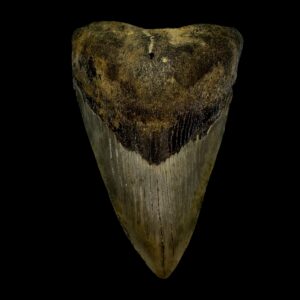
Serrations, Structure, and Scientific Detail
Both sharks had serrated teeth, but their structures tell very different stories. Megalodon teeth often feature fine, consistent serrations along the edges, while the serrations on great white teeth are coarser and more widely spaced. This subtle difference plays a major role in identifying fossils and confirming authenticity.
A unique feature of megalodon teeth is the presence of the bourlette—a dark enamel band near the base of the crown, which is completely absent in great white teeth. This detail is incredibly useful to scientists and collectors when verifying fossils.
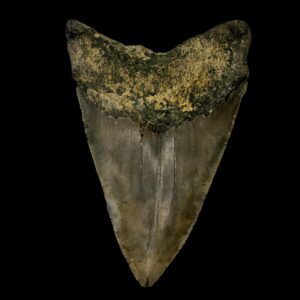
Visual Identification Tips
If you’re wondering how to tell the difference at a glance, several resources offer helpful visual comparisons. For example, the Florida Museum’s shark fossil guide includes detailed images and expert explanations that make spotting the difference between megalodon teeth vs great white much easier.
Collectors should also examine the root of the tooth. Megalodon teeth typically have thicker roots and a more pronounced curvature, while great white teeth are thinner with a narrower root profile.
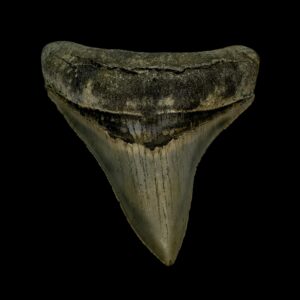
Evolution, Market Value, and Final Thoughts
Despite their similar tooth shapes, great whites did not evolve from megalodons. Fossil and genetic evidence shows that great whites are more closely related to mako sharks. This means the similarities in tooth design are due to convergent evolution—where unrelated species develop similar traits to solve the same problem.
In today’s fossil market, the comparison between megalodon teeth vs great white also impacts value and rarity. Megalodon teeth are far rarer, especially those that are large, symmetrical, and intact. A top-grade megalodon tooth can sell for thousands of dollars. The price is often influenced by size, coloration, and preservation quality.
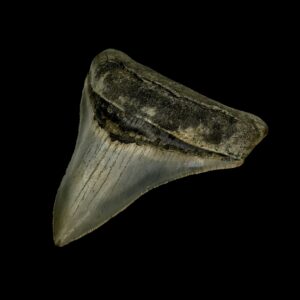
Great white shark teeth, while more common, still hold value—especially if they come from larger specimens or have unique shapes or hues. They’re often easier for beginner collectors to obtain, which makes them a popular entry point into shark fossil collecting.
Museums and fossil expos are excellent places to see authentic examples of both megalodon teeth and great white teeth side by side. These venues often feature rare pieces, expert talks, and hands-on learning experiences for enthusiasts at every level.
Beyond collecting, understanding the megalodon teeth vs great white debate enhances appreciation for the long evolutionary journey of sharks. It also helps inform conservation efforts by drawing attention to the current status of modern shark species.
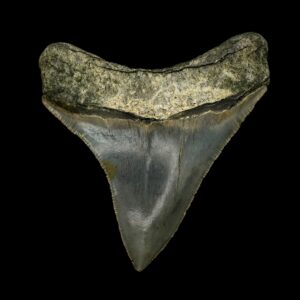
The Bigger Picture
Sharks have existed for over 400 million years, long before dinosaurs. The comparison between megalodon teeth vs great white isn’t just a cool fact for collectors—it’s a gateway into understanding deep-time evolution, extinction, and biodiversity.
Each tooth tells a story. The shape, size, and structure reflect the environment and prey of ancient oceans. With every fossil discovered, we unlock new chapters of Earth’s prehistoric past. For many, holding a megalodon tooth in their hand is like holding a piece of time itself.
As interest in fossils grows, especially in 2025, more people are diving into the debate between megalodon teeth vs great white. Whether you’re a fossil enthusiast, a curious student, or simply love marine history, this comparison serves as an incredible entry point into the fascinating world of paleontology.
